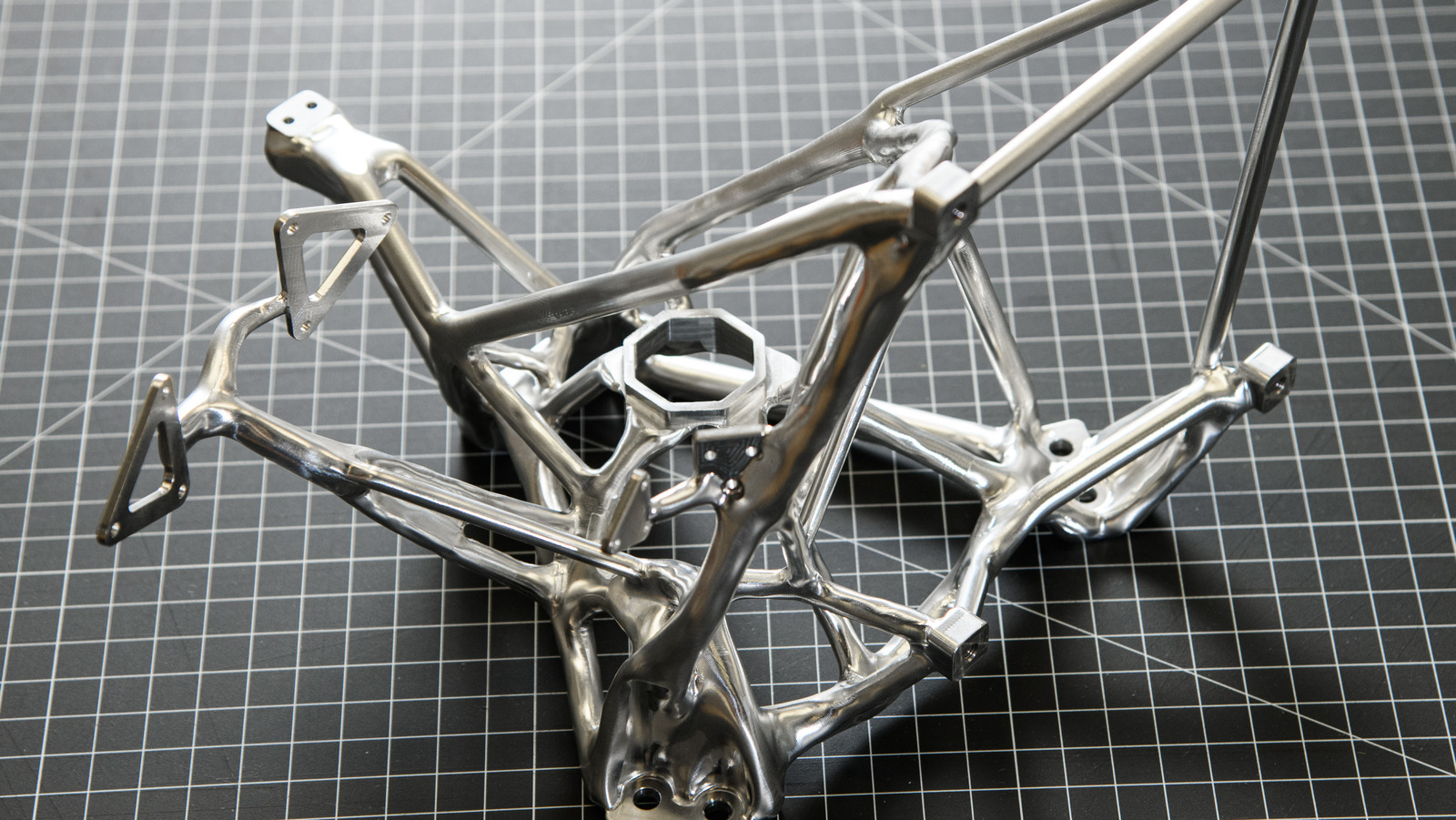
Putting things into space is NASA’s bread and butter. Unsurprisingly, it’s also an incredibly expensive enterprise. A lot of that has to do with weight. The more something weighs, the more fuel it takes to get it off the surface of the Earth. Of course, the fuel has weight too, so adding more fuel then requires adding even more fuel to lift the fuel just added. Frankly, it’s exhausting. For that reason, it costs about $10,000 for every pound of payload launched into Earth orbit (via NASA).
What’s that have to do with NASA’s AI-designed components? Compared to components that go through a more traditional design process, the evolved structures “save up to two-thirds the weight,” according to NASA. That can pay dividends in two different ways. First, the total weight of the payload — where every ounce counts — can be reduced, translating to real dollars. Secondly, the weight savings gained from structural hardware can be used to add more scientific equipment of value to the payload, translating to more efficient use of funds. And if that all wasn’t enough, evolved structures reduce stress load by ten times, NASA notes.
Of course, this is just the beginning. NASA envisions this technology eventually merging with future 3D printing techniques that will manufacture hardware from local materials such as Moon dust or Martian sand. But seeing as NASA needs thousands of unique and critical components every year, this technology still has plenty of work to do right here on Earth.
Stay connected with us on social media platform for instant update click here to join our Twitter, & Facebook
We are now on Telegram. Click here to join our channel (@TechiUpdate) and stay updated with the latest Technology headlines.
For all the latest Automobiles News Click Here
